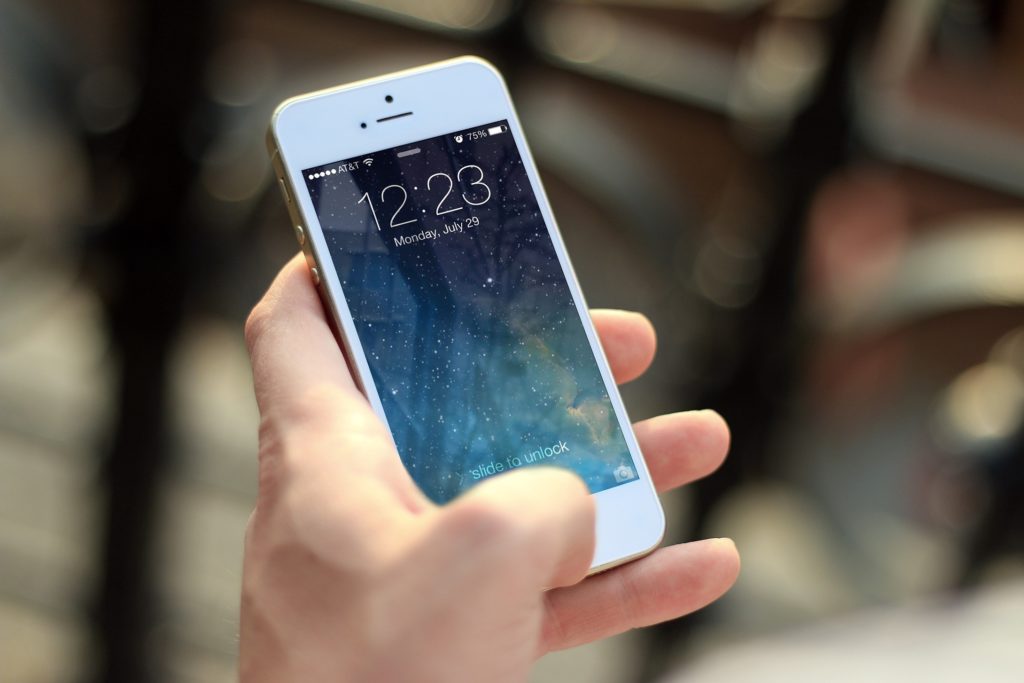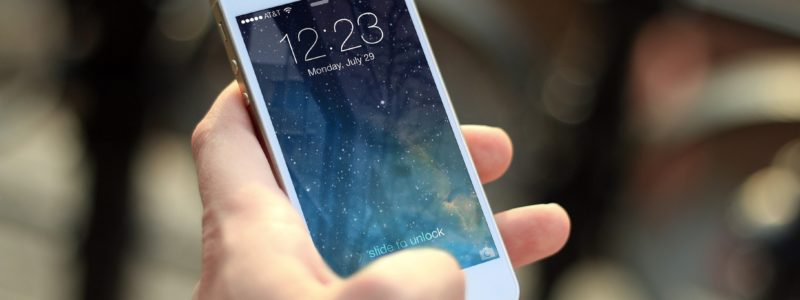

It is probably safe to say that the majority of us carry around some type of smart device. Whether it is an iPhone, Galaxy, Pixel, Note, or Jitterbug, these devices play a huge role in our daily lives. We use these “phones” more for interacting with the internet than to talk, on the phone, to real live people. We routinely access almost all of our personal information including email, social media, and even confidential information such as banking or business from them. Not to mention our phones often act as the “remote control” that gives us the ability to control the smart devices in our IoT (Internet of Things) network (i.e. lightbulbs, garage doors, security systems, etc.). What’s true is that most of us have setup a screen unlock code or pattern to access our devices, apps, and data in an effort to secure our information. We also rarely let it out of our sight in order to feel like the information is safe, but that’s really not the case.

Just like any other IoT device, cell phone security is a must. “82% of respondents predict unsecured IoT devices will likely cause a data breach in their organization. 80% say such a breach could be catastrophic” – Raytheon. The chances of your data being accessed without authorization is higher than ever and growing every day. The possibility of someone using that information maliciously is almost inevitable. We have seen it happen. Here are some of the Do’s and Don’ts of cell phone security, how to better protect your information, and a few tips to maintain control of the data on your device in the event it is stolen or lost:
Do’s
- Always keep your phone operating system (OS) and Apps up-to-date. New features and security updates are rolled out all the time.
- Only purchase/download apps from your manufacturer’s designated “store”
- This is particularly important for Android, as Apps can be installed by clicking internet links. If you want to use an app, search for it in Google Play.
- Install anti-malware and keep it updated!
- Especially if you have an Android device!
- Turn on face recognition/thumbprint for screen lock security; passcodes are easy to crack or “visually steal.”
- A short lock out time of one to two minutes can help make the lock more effective.
- Check your Bluetooth settings; make your device non-discoverable if possible.
- Go through your “Security Settings” and spend the time to get familiar with what you can turn on and off.
- Passwords: make them complex and change them often.
- For more information on how to make a complex password, check out our article The Ping: Security in Public Places
- Consider using 2FA for your sensitive data apps.
- Learn more here → The Ping: 2FA
- Protect yourself in the event your phone is lost or stolen:
- Backup your device often and enable remote wiping functionality.
- Consider enabling a SIM card lock.
Don’ts
- Never use a jailbroken/rooted phone. The main concern here is the lack of security updates. It’s like buying a car or a house without locks on the doors.
- Don’t access confidential information on a public WiFi. Consider a personal VPN if you will often be connected to public WiFi hot spots.
- Don’t reuse passwords for multiple apps.
As always, we know we’ve thrown a good bit of information at you. If you want to discuss specifics and how to check some of these settings on your own device feel free to give us a call at 512-832-6209 or email [email protected]. We’re all connected and in it together!
Your UniVista Team
*Celebrating 20 Years of Customer Satisfaction*

